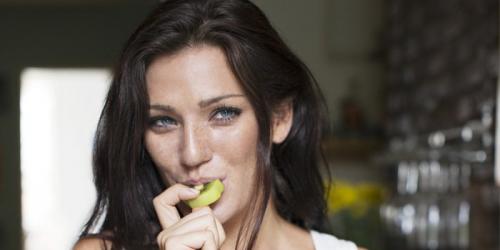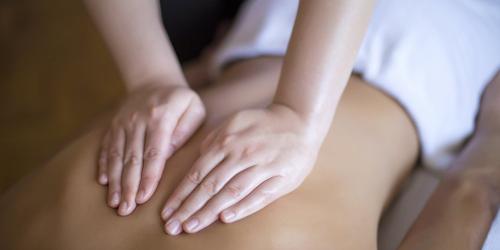It was Dr. Jean Seignalet who first mentioned the idea of a third medicine in the form of food (after classical medicine and alternative medicine). With his hypotoxic diet (little or no toxic), he advocates a return to ancestral diet. According to him, the human body is not able to digest many common foods, and some cooking methods could be harmful to health. In 2011, the scientist Jacqueline Lagacé wrote a book: How I conquered pain and chronic inflammation through diet 1 . In it, she explains that she managed to make disappear her pain related to arthritis and osteoarthritis thanks to this anti-pain regime. Remaining quite restrictive, because it requires careful selection of food and respect some basic rules, it also helps to lose weight. We explain to you its fundamental principles.
The main principles of the Seignalet diet
- Milks of animal origin must be removed from the diet, as well as all their by-products, dairy products, cheeses, butter, creams ... For Dr Seignalet, animal milk has the function of fattening baby animals in a few month. They are very allergenic, contain too much calcium and a lot of hormones. However, in adulthood, some people no longer produce lactase, the enzyme responsible for the breakdown of lactose. The milk is no longer digested.
- "Modern" cereals are to be excluded. This concerns wheat, corn, rye, barley, oats, kamut and spelled. All contain gluten, except corn, and cause many intolerances. Of course, their derivatives are also to be avoided because they are difficult to digest. In the hypotoxic diet, rice, buckwheat, sesame and quinoa are tolerated.
- Exclude cooked products above 110 ° C. Dr. Seignalet explains that beyond this temperature, we see appearing chemical compounds that the body does not know how to assimilate. He therefore advises raw or stewed food or soft steam, below 110 ° C. This limits the denaturation of nutrients, induced by heat. Foods therefore store their vitamins, omega-3s and antioxidants. To proscribe especially, the cooking with the microwaves!
- Refuse hot extracted oils or cooked oils. It is especially the industrial production of these oils that is pointed at the finger, risking to denature the product. We must therefore favor the first pressure oils. Replace butter, margarine and refined oils with virgin olive oil, rapeseed oil, walnut oil or hazelnut oil. The best thing is to eat them organic. The hypotoxic diet also recommends eating fish from cold seas to fill up with omega-3s.
- Eating Bio. To avoid the risks associated with pesticides, it is better to eat foods extracted from organic farming.
- Take vitamin and mineral supplements. Dr. Seignalet explains that sick people, for whom the hypotoxic diet is designed, need more nutrients than a healthy person. Feeding alone is not enough to provide them. He recommends taking supplements of vitamins, minerals and trace elements. It also praises lactic ferments, consumed daily, to maintain its intestinal flora.
What can I eat?
The hypotoxic diet requires a lot of rigor but the results for the intolerant compensate for these restrictions. You can eat raw meats and meats, raw or moderately cooked eggs. Be careful, eating raw foods can lead to poisoning. This diet is therefore not recommended for pregnant or breastfeeding women, children and the elderly. You can eat green vegetables, sweet steam or stew, soy, raw vegetables and fresh or frozen fruits. Dried fruits and oilseeds are allowed, as are honey, rice, buckwheat, sesame, legumes. Lovers of dark chocolate can eat moderately, as coffee, tea and all alcohols except beer.
Diseases against which the hypotoxic diet fights
The hypotoxic diet, quite close to the spirit of the paleo diet, would have beneficial effects on a large number of autoimmune diseases: polyarthritis, rheumatoid, multiple sclerosis, rheumatism, celiac disease ... This ancestral diet also fight against cancer, migraines, manic-depressive psychoses, type 2 diabetes, nervous breakdown, psoriasis, urticaria, asthma.
3 pounds to go further:
Food or third medicine , Dr. Jean Seignalet, Guibert, 1999
1 How I beat pain and chronic inflammation through diet, Jacqueline Lagacé, Fides, 2011
Gourmet recipes for chronic pain, Jacqueline Lagacé and the Spa Eastman team, Fides, 2013


